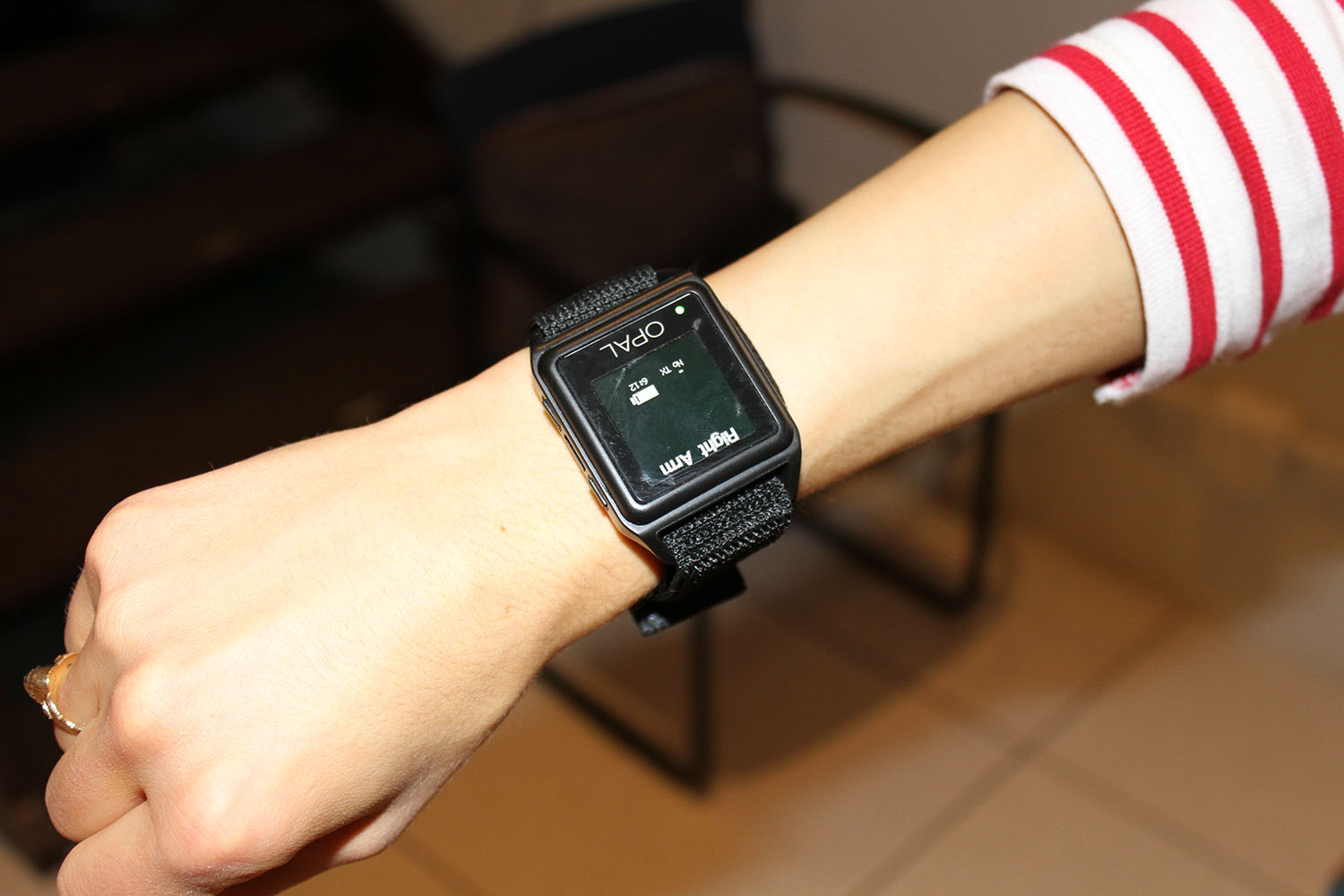People diagnosed with Parkinson’s, Huntington’s or multiple sclerosis face the reality that, over time, they will suffer life-altering losses in physical movement. Medicines have been developed that can slow that progression, but to date, there are no magic bullets.
Yet there has been magic of a different sort: the discovery of the brain’s “plasticity” — its ability to reorganize in the wake of trauma, form new connections among cells, reassign functions and relearn skills and tasks.
The late Teachers College movement scientist Ann Gentile was a pioneer in using movement and task-specific training to promote brain plasticity in patients with degenerative brain-based disorders or strokes.
Now, in work that very much builds on Gentile’s approach, her former TC student Lori Quinn (Ed.D. ’96, M.Ed. ’94, M.A. ’93) is enhancing the benefits of movement therapy with sophisticated technology. More broadly, Quinn is also using the technology to apply a different perspective to evaluating brain-based movement issues in new ways that could yield more effective therapies that are more targeted to individual needs.
“We know that responses to interventions vary greatly in different diseases — some people respond and some don’t, and that suggests that we’re not always treating the right issue,” says Quinn, Associate Professor of Movement Science & Kinesiology in TC’s Department of Biobehavioral Sciences and Director of the College’s Neurorehabilitation Research Lab. “So instead of taking that narrow focus on disease from the top down, we’re trying to understand the underlying movement problems, or signatures, that might be common across diseases, regardless of what disease the patient has. Because ultimately our interventions are only as good as our diagnoses.”
Quinn is being supported in this work by a generous gift from an anonymous TC donor and funding from private foundations and government agencies. The gift has not only funded the technology she is working with, but also enabled her to fund students who assist in very labor-intensive studies.
Wearable devices
In one particularly striking application of her work, Quinn and her students, together with researchers at Microsoft, have been studying the benefits of using a wearable system that provides vibration through a wrist-worn device to help patients with Parkinson’s minimize the effects of tremor.
In related work, Quinn’s lab is using wearable accelerometry devices to assess motor function and physical activity levels while people perform a variety of balance and walking tasks. Quinn is also beginning work using electroencephalography (EEG) to show how specific regions of the brain respond to stimulus in real time. Such information can show whether a brain area known to be essential in walking or navigating the environment is failing to function properly — or, conversely, if another area is taking on those functions. “The portable EEG opens up a whole range of questions we can ask,” Quinn says. “It gives us new insight into how the brain controls movement, and what the specific issues in movement and gait initiation are for individuals with these disorders.”
Real Progress
For Quinn, and for the people she is trying to help, these exciting times carry a real sense of promise that longstanding barriers are being overcome. Twenty-five years ago, for example, scientists discovered the gene for Huntington’s, led by the pioneering work of Nancy Wexler, Professor of Neuropsychology at Columbia. This made it possible for people with a family history of the condition to learn whether they themselves had inherited the disease. Yet many chose not to find out, because no treatment existed. Just recently, however, the pharmaceutical company Roche began a large-scale trial of a new drug that lowers the body’s levels of a rogue protein associated with Huntington’s.
While pharmacological interventions in Huntington’s and other neurodegenerative diseases may help to slow disease progression, they are not a cure. “It is more important than ever for people to engage in exercise and physical activity, which have been shown to have neuroprotective benefits,” says Quinn, who led a group that has just published, in the journal Neurology, the first clinical recommendations to guide physical therapy practice for Huntington’s disease. “Our aim is to provide optimal interventions targeted to specific motor problems. I’m very excited and proud that we’re breaking new ground in this area.”
